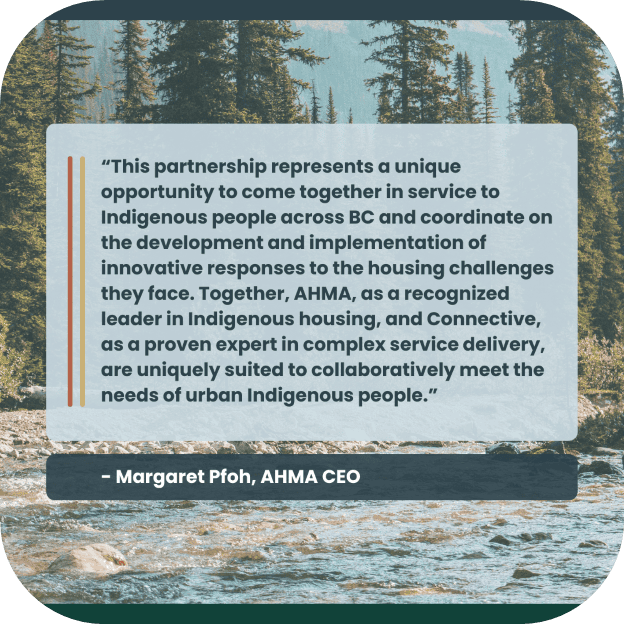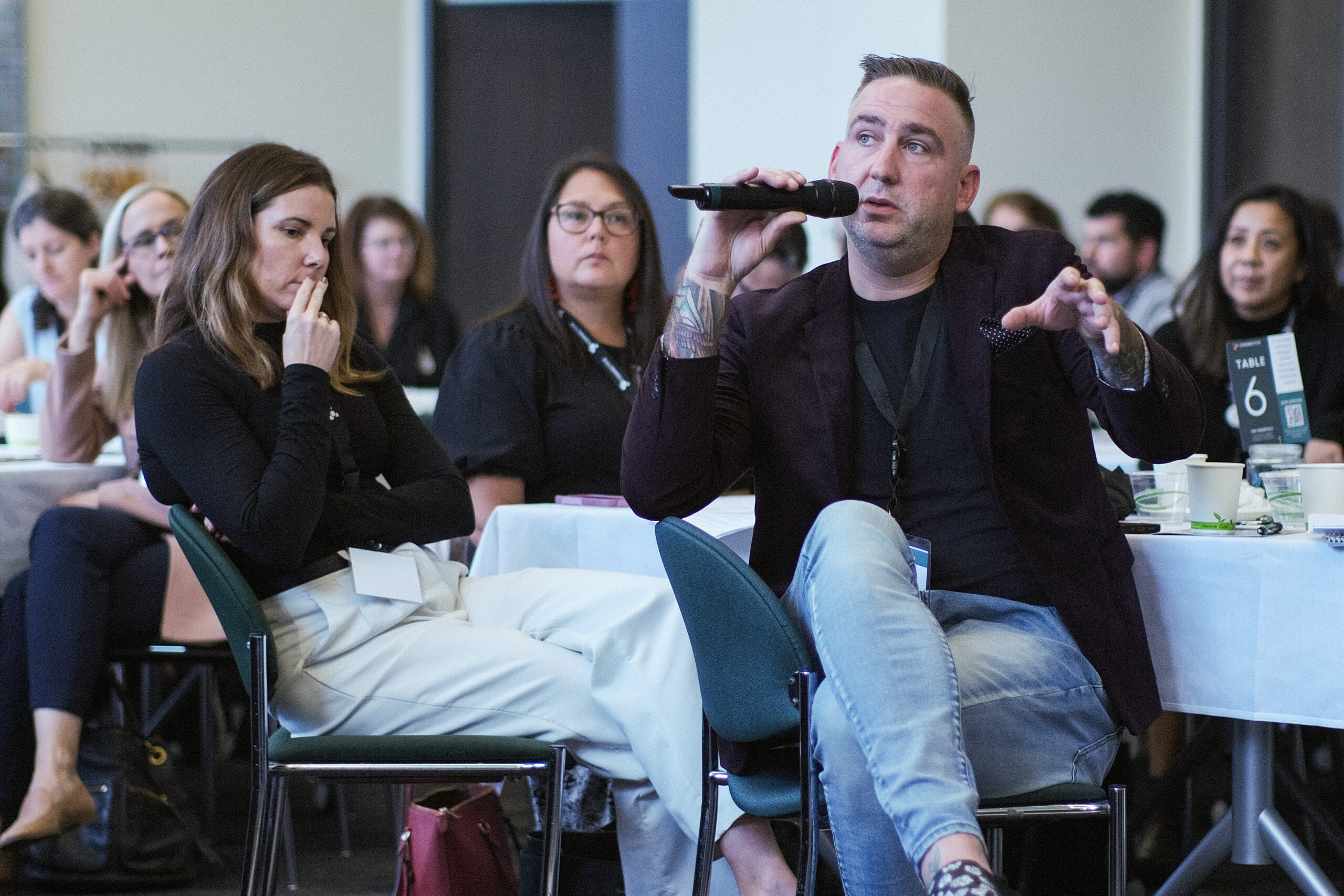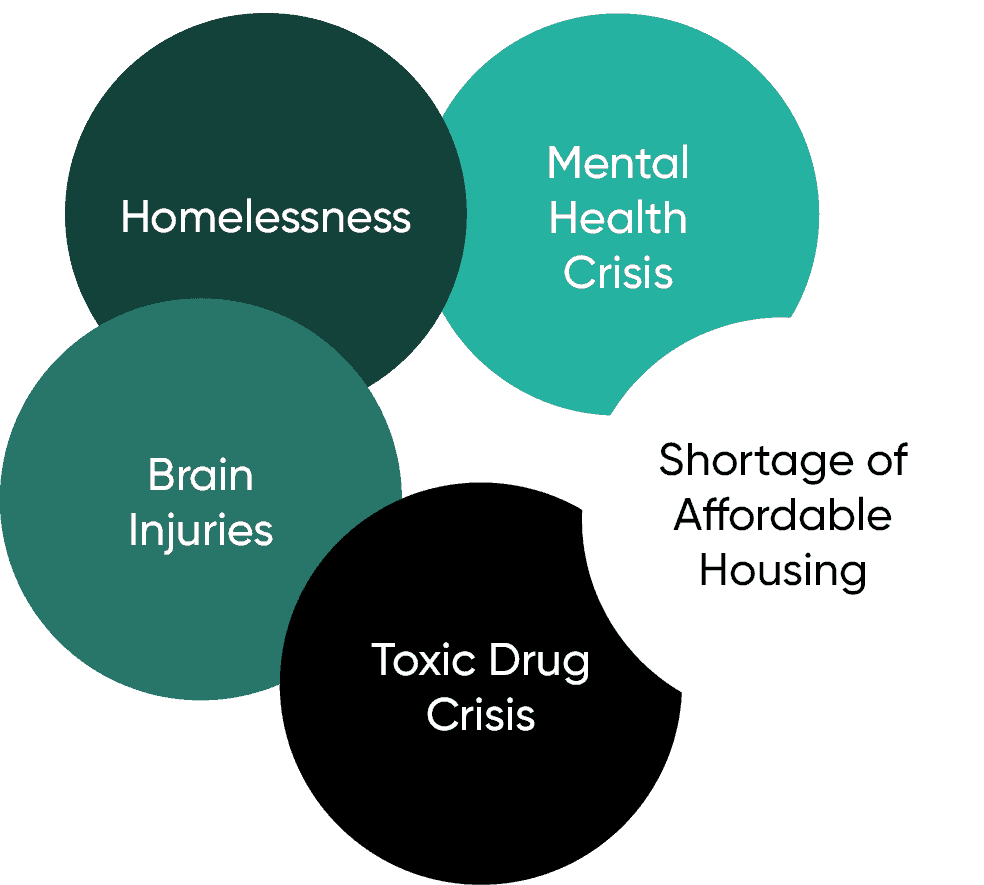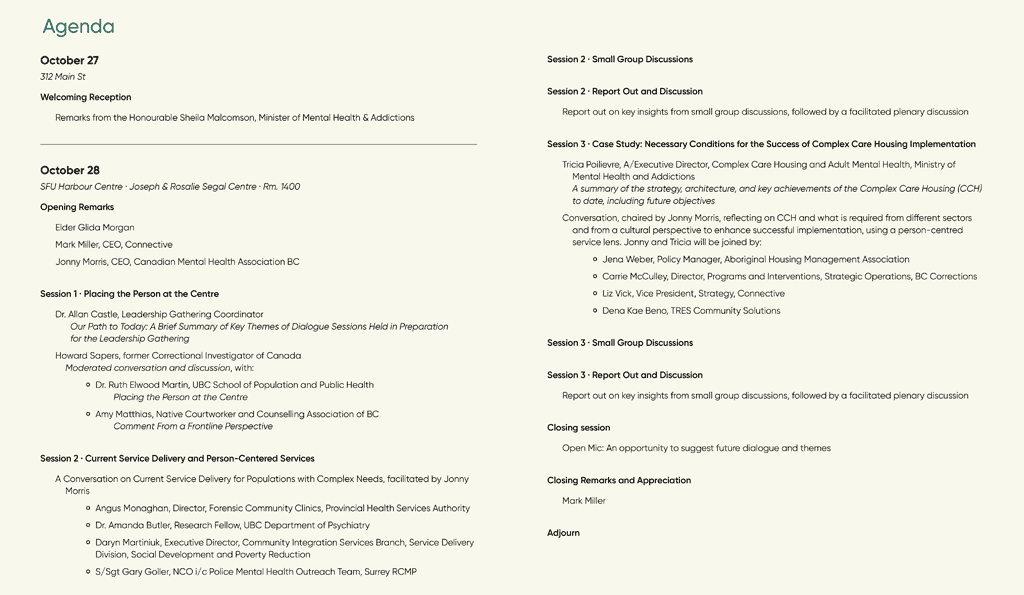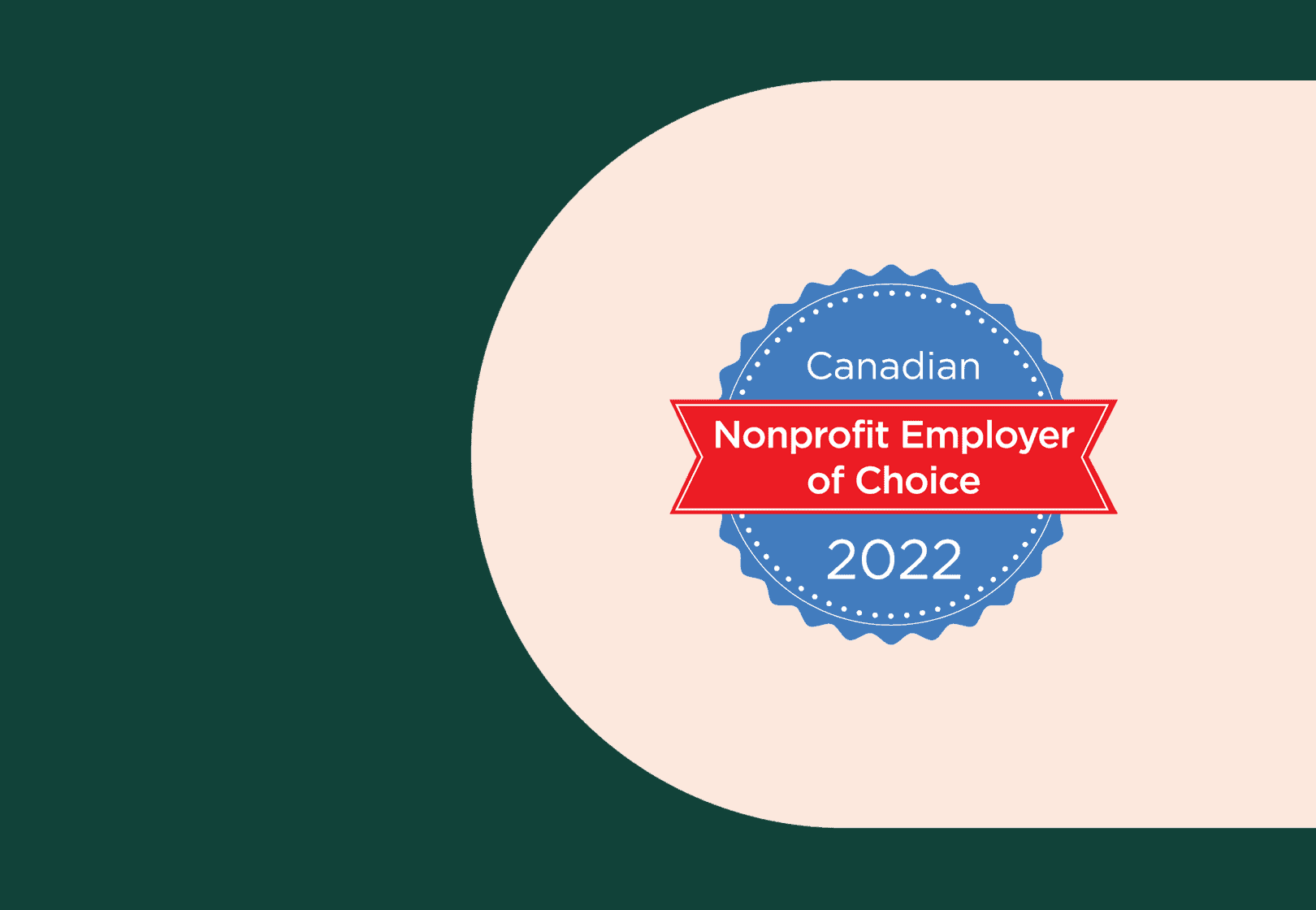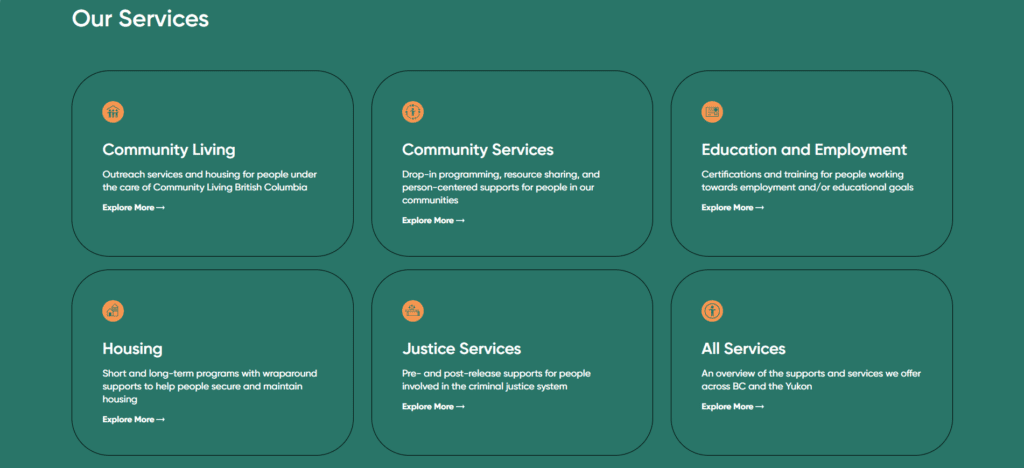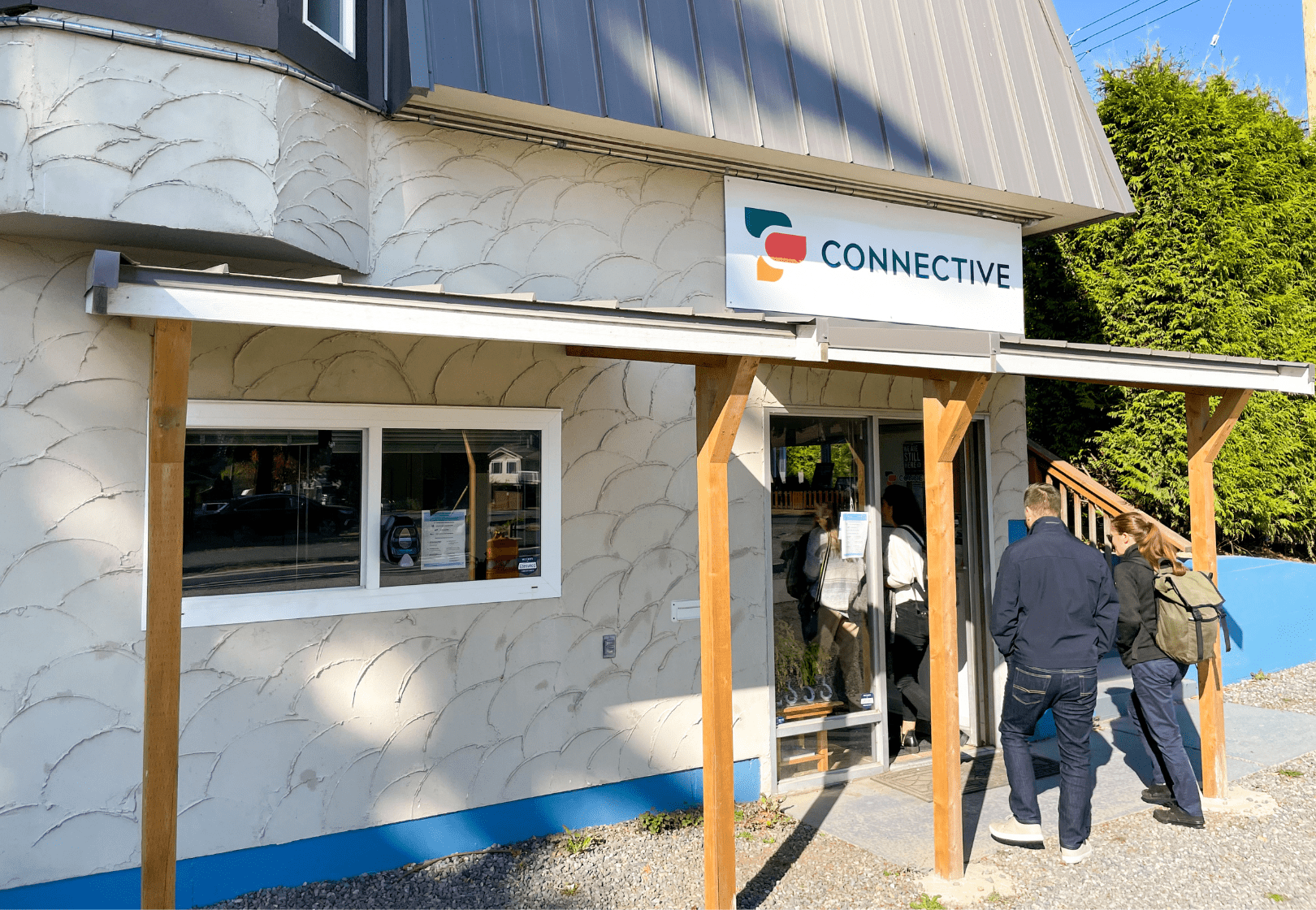Announcing our Partnership – Connective and AHMA
Working together to create more housing opportunities for underserved Indigenous people living off reserve in communities across BC

Connective is excited to share that we have recently formalized a two-year partnership with the Aboriginal Housing Management Association (AHMA). Together, we will find innovative ways to create more housing opportunities for underserved Indigenous people living off reserve in communities across BC.

Connective recently joined AHMA at their Annual General Meeting, where we recognized and celebrated our new partnership.
About AHMA

Established in 1996, when the federal government stopped managing affordable housing, AHMA is the first Indigenous housing authority in Canada. Over the years they have grown into a recognized leader in Indigenous housing solutions, and a trusted advocate for the housing rights of Indigenous people in urban, rural, and northern communities.
AHMA is a membership-based organization, and its members manage over 95% of all Indigenous housing units located off reserve in BC.
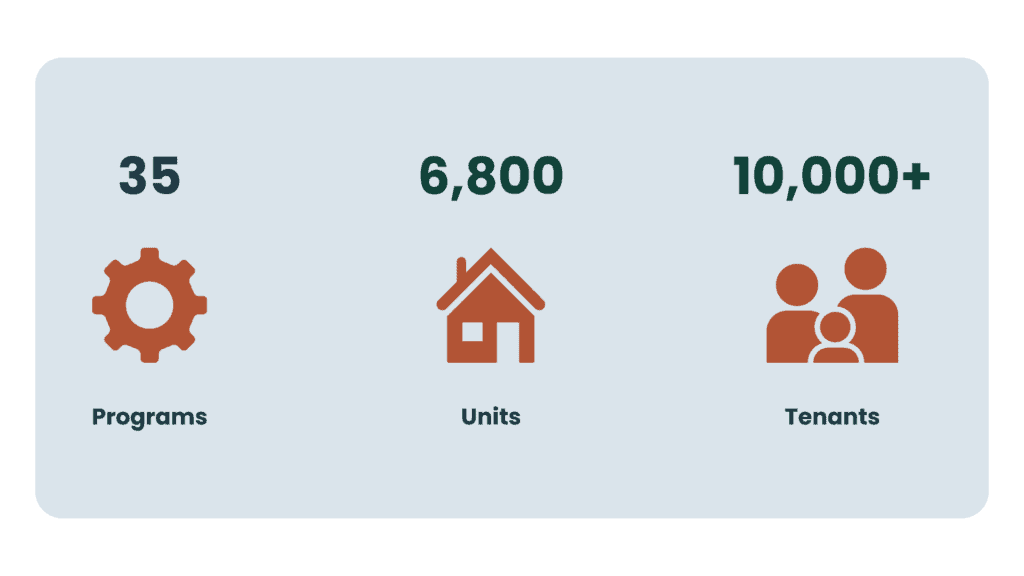
AHMA provides For Indigenous, By Indigenous support for housing societies working on behalf of Indigenous people in BC. Their range of services include advocacy, policy advancement, asset management, and operational, finance, and governance support.
Empowering Indigenous-Led Solutions
Connective recognizes the privilege and responsibility of providing services to Indigenous communities across BC and in the Yukon.
In our role as an essential service provider, we are committed to incorporating Indigenous perspectives and expertise into all that we do, to ensure we are meeting the distinct needs of our service users and their communities. Past efforts to facilitate this have included our partnership with the Council of Yukon First Nations, and the formation of our Indigenous Advisory Committee.
These last few years, we have been privileged to field an increasing number of requests to respond to unmet needs in rural and remote communities across BC, especially in the north. Responding to these needs in ways that are sensitive to existing services, that support the capacity of local organizations, and that foreground our values, requires strong collaborative relationships with First Nations and urban Indigenous service providers and communities.
The partnership between AHMA and Connective is exactly that – a unique opportunity to leverage our respective strengths, expertise, networks, and resources, to empower Indigenous people to develop their own housing services.
While we are still working on defining specific projects for the remainder of this fiscal year, our general commitments include:
- Coordinating responses to emergent needs.
- Delivering culturally safe, sensitive, and relevant services.
- Sharing information on lessons learned.
- Exploring funding opportunities for new culturally supportive housing options.
- Identifying Indigenous communities, agencies, or AHMA members who have interest in capacity building services.
- Designing and embedding exit or transition plans into projects, to ensure long-term sustainability of services for Indigenous communities.
We are excited for this opportunity to come together, and can’t wait to see what the future of this partnership holds!

